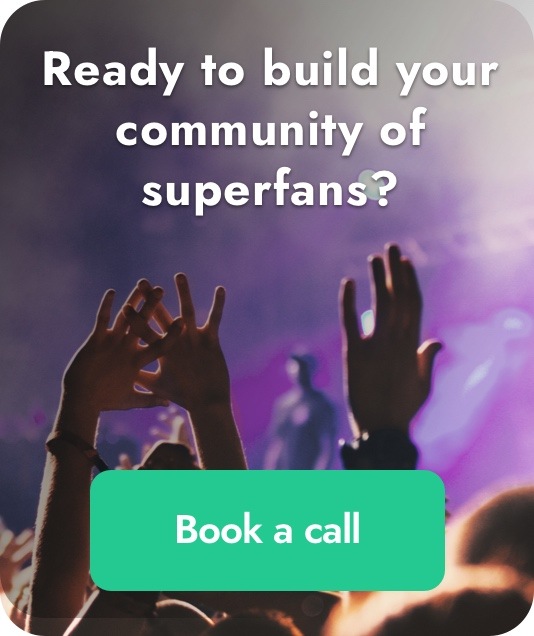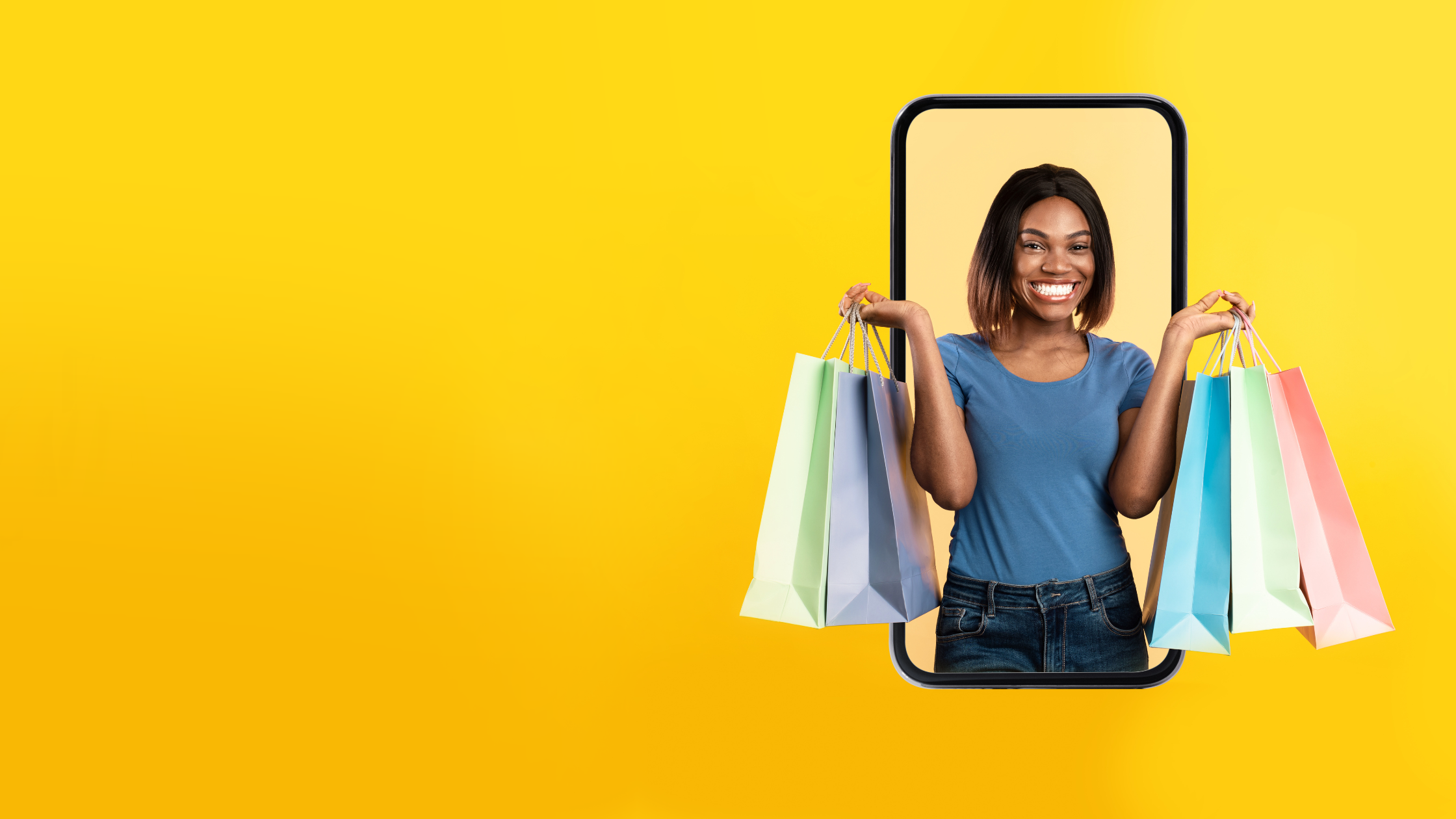We recently launched an app on Shopify that provides an easy way for you to interact with your customers. But what does that mean and why is it important for marketing?
In this article we take a look at a few use cases where brands can consider integrating the technology into their marketing strategies, helping them better connect with consumers and drive conversion.
Before we do that let’s start with the basics…
What is a Non-Fungible Token?
NFTs are digital assets with unique signatures that live on a blockchain ledger.
Many of the first NFTs have been digital art, music and video but they can also represent real-world items such as physical artwork and real estate. Tokenising these real-world assets makes buying, selling, and trading them more efficient while reducing the possibility of fraud.
The NFT space exploded in 2021 with most of the excitement being centred around digital art and collectables, but we’re now seeing a whole host of other use cases, with many of those being applicable to brand marketing.
Building customer centric community
If you’re responsible for brand marketing, engaging your customers and communicating brand values will be one of the main activities you’re focused on. NFTs provide an ideal way to bypass the platform-centric marketing world of Web2 and instead claim ownership of your digital consumer relationships.
They provide a completely new way to get closer to your customers. You can build specific campaigns using digital assets that have built in utility and incentives such as membership, providing access to events, unlocking exclusive merchandise, or offering special discounts.
Making NFTs part of you marketing strategy
Let’s take a look at a few examples where big brands are already working with NFTs as part of their marketing strategy.
- Loyalty — NFTs provide an ideal way to build customer loyalty programs and one major brand doing this is Starbucks. Their customers are now able to purchase unique NFTs and use them to get special access to Starbucks-related experiences and perks. Early Starbucks Odyssey users are already flipping the free NFT stamps for nearly $2,000 apiece ahead of the platform’s public rollout. The aim, to build a community defined by collaboration, experiences, and shared ownership — all centred around coffee.
- Exclusivity — NFTs can be used to provide unique experiences for customers helping to build reputation and loyalty. As an example, Californian winery Robert Mondavi launched the first wine label sold by NFT. Each NFT of wine retails for $3,500 and is a collectible. The NFTs will also unlock special experiences for owners who visit the winery.
- Membership — Membership programs can cause unnecessary friction with customers needing to sign up, pay separately, and remember passwords. And if you’re running a membership program you need to facilitate these processes with costly membership software. Managing a membership program with NFTs removes this friction, with customers able to unlock content or receive rewards direct to their wallet. Read how 7–11 are doing this in South Korea, by rewarding customers with Klay coins via a Klip digital wallet.
- Digital Merchandise — The fashion and film industries were some of the first players to make use of NFTs. Disney being one of the best examples with their digital merchandise. Using the VeVe marketplace, Disney has launched low cost, large scale NFT campaigns giving fans a chance to own a collectible of their favourite character — and all campaigns have so far sold out in minutes.
- Fundraising — Most brands have some strategy when it comes to social responsibility and NFTs provide a new way to raise money for the social movements they support. A great example is PepsiCo’s potato chip brand Lay’s which launched an NFT campaign titled “Share smiles with Lay’s”. All proceeds go towards four non-profit organisations active in Romania’s educational, ecological, and social issues. The campaign also helps them attract a younger, digitally native consumer base.
- Events and ticketing — Ticketing is an obvious use for NFTs with the personalisation of the assets. Coachella recently announced their NFT release providing buyers lifetime event access and a whole host of other incentives. Why? …by using NFTs, event organisers cut down on costs, reduce the risk of scams, speed up the ticket production process, and open up the opportunity for ongoing revenue. And it does need to be as big as Coachella. You can use NFTs for any size corporate or consumer event.
The Blue Marble
The Blue Marble is an NFT marketplace where users can create and trade assets on Stellar, a low impact eco-friendly blockchain. We can help your brand launch NFT campaigns that support the marketing strategy, and your customers don’t need to be crypto savvy – NFTs can be purchased using credit or debit cards. For more information visit https://thebluemarble.io.
If you’re a marketing leader looking to learn more about NFTs or you’re ready to launch your first campaign, get in touch at: hello@thebluemarble.io



